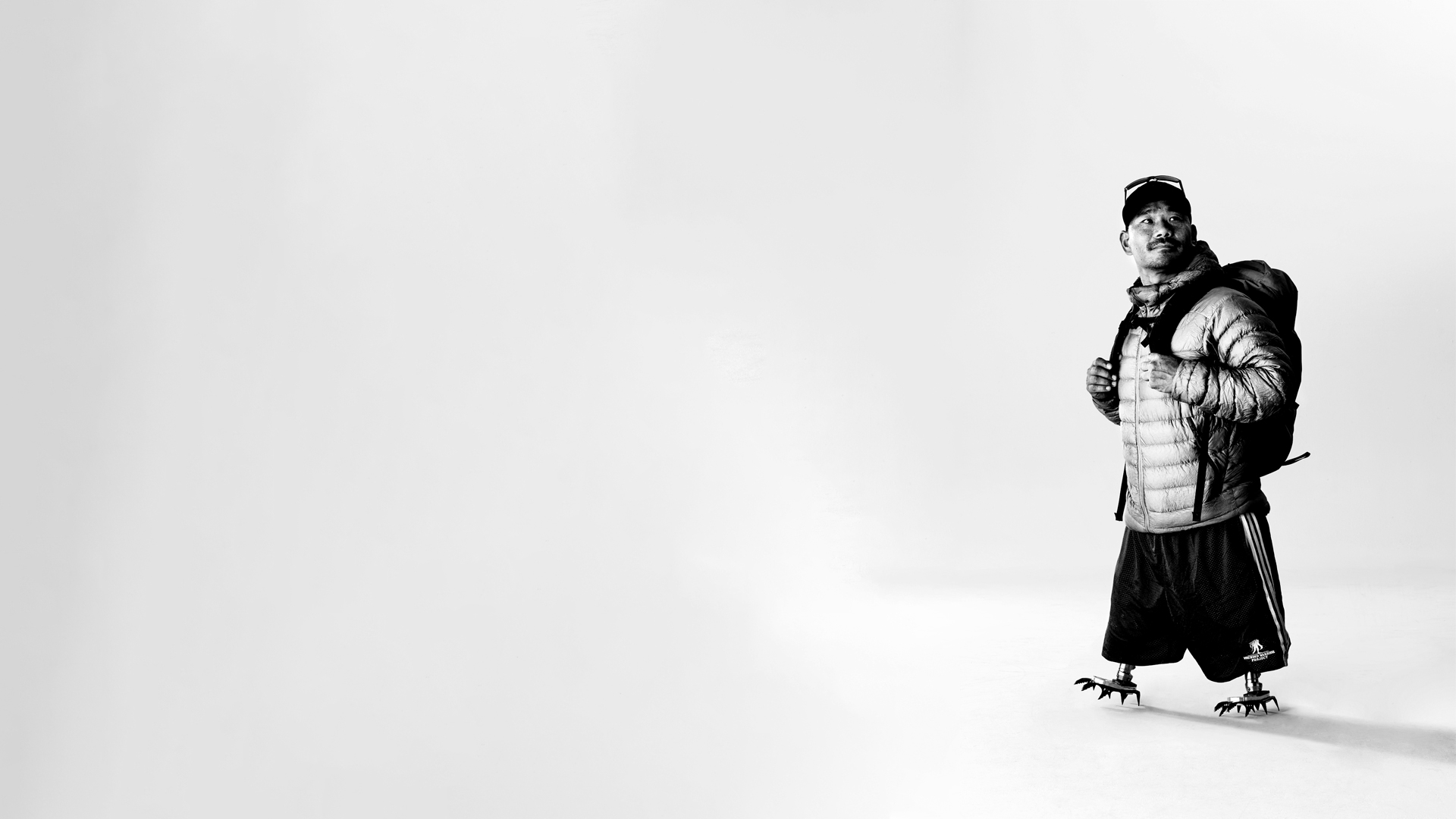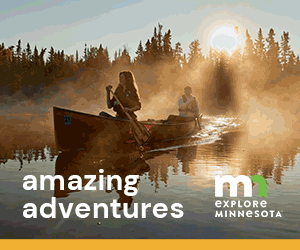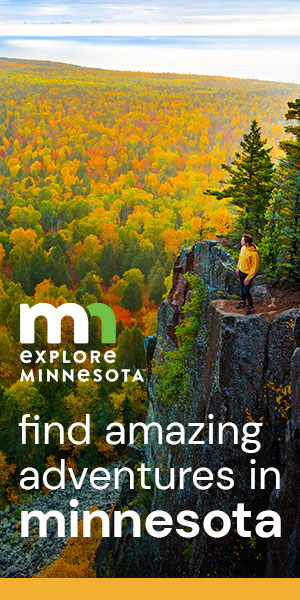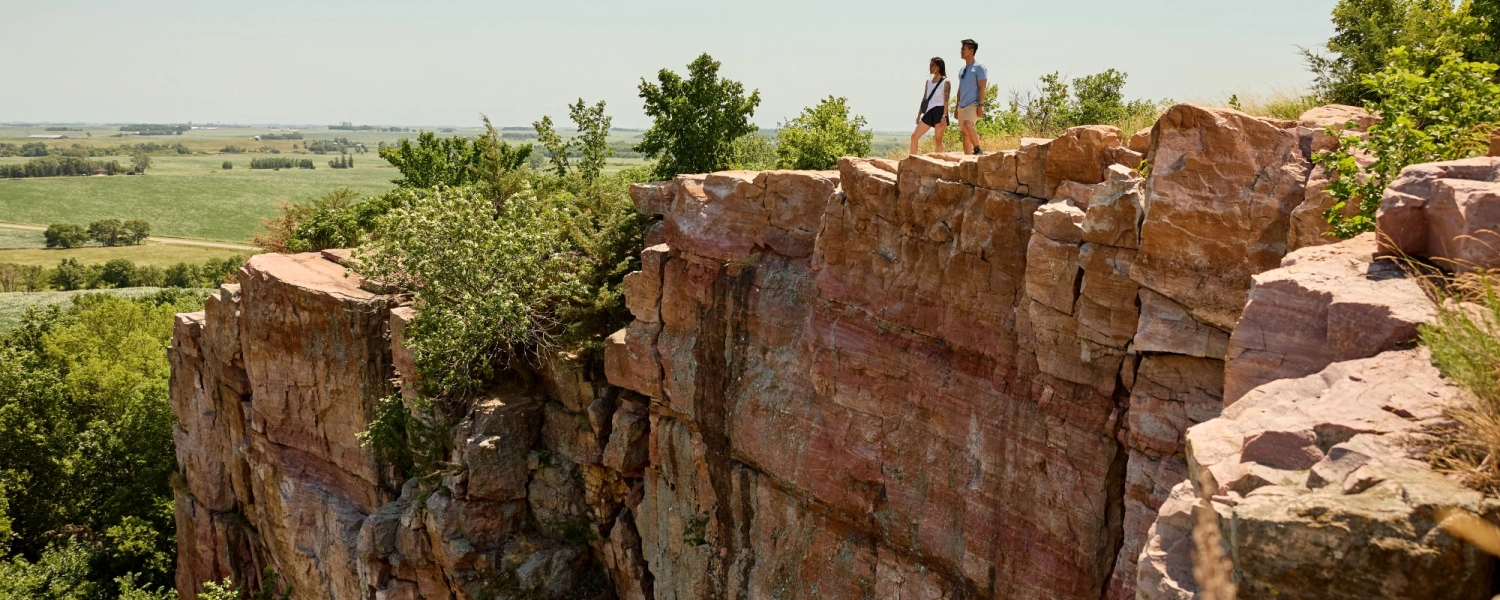- Details
- Written by: Chris Sayer
The first thing Hari Budha Magar noticed after stepping on the IED that tore his legs off was a ringing in his right ear.
“It was a hot day,” remembers the British Ghurkha veteran, taking his mind back to a stifling 3pm on 17 April 2010 in Afghanistan. “My patrol was walking through a poppy field, along a narrow footpath towards a well that we hoped could supply water to the local people. I was tenth in file. Nine soldiers walked ahead of me, and BANG. I was blown into the air, high enough to spin me 180 degrees and land me facing the way I had walked from.” After registering the ringing, Hari looked down to where his legs had been moments before.“I was blown into the air, high enough to spin me 180 degrees and land me facing the way I had walked from”“One was completely gone, and the other was hanging on by skin and bone. I tried to reach my tourniquet kit to dress my injury and stem the blood, but my arms were injured, too. There were screams of ‘man down’ but nobody was moving – training taught us that there could have been another device hidden nearby, or enemies waiting to shoot as we ran.” That training also saw Hari evacuated by helicopter just 17 minutes later, leaving life as he knew it in the poppies beneath him.
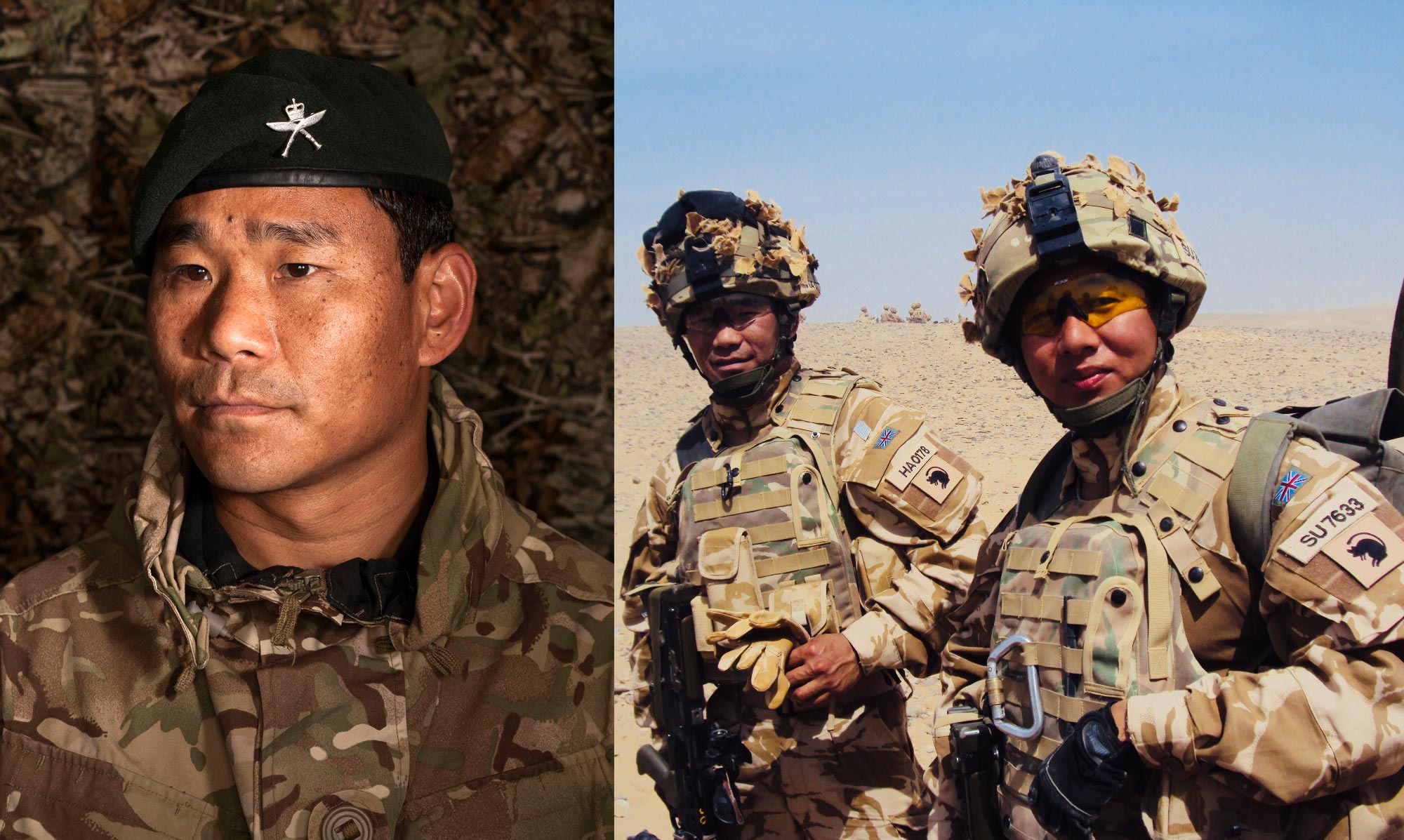 Today, nothing betrays Hari’s dreadful past as he sits at the end of our Zoom call from his Canterbury home, a sunny personality hiding his leg injuries and past horrors as effectively as his desk. Nor is there anything to boast of his recent record-breaking climbing accomplishments and plans to tackle the most famous mountain in the world in 2023.
His back is to a dull wall of shelves filled with box files of life admin, not alpine mementoes or framed photos of flags being punctured into summits. There are no climbing ropes strategically slung across the back of his chair – the kind of meticulously dressed background you’d expect of your average record-breaking mountaineer trying to subliminally showcase their climbing kudos on the BBC News.
But then again, there’s nothing average about Hari.
Your upbringing doesn’t quite tally with the backstories of the privileged first-world climbers you’ll be sharing Everest with next year…
I was born in a cow shed in a Nepalese mountain village called Mirul Rolpa at an altitude of about 2,400 metres, during a civil war that killed 17,000 people. I come from a cattle farming family. Every two months we’d relocate to a different part of the mountain range with our cows – in the winter we would settle at a lower altitude, and in the summer we’d head higher. People I describe it to imagine it as idyllic. It is beautiful, but it is also incredibly tough, even without the ten years of war.
Today, nothing betrays Hari’s dreadful past as he sits at the end of our Zoom call from his Canterbury home, a sunny personality hiding his leg injuries and past horrors as effectively as his desk. Nor is there anything to boast of his recent record-breaking climbing accomplishments and plans to tackle the most famous mountain in the world in 2023.
His back is to a dull wall of shelves filled with box files of life admin, not alpine mementoes or framed photos of flags being punctured into summits. There are no climbing ropes strategically slung across the back of his chair – the kind of meticulously dressed background you’d expect of your average record-breaking mountaineer trying to subliminally showcase their climbing kudos on the BBC News.
But then again, there’s nothing average about Hari.
Your upbringing doesn’t quite tally with the backstories of the privileged first-world climbers you’ll be sharing Everest with next year…
I was born in a cow shed in a Nepalese mountain village called Mirul Rolpa at an altitude of about 2,400 metres, during a civil war that killed 17,000 people. I come from a cattle farming family. Every two months we’d relocate to a different part of the mountain range with our cows – in the winter we would settle at a lower altitude, and in the summer we’d head higher. People I describe it to imagine it as idyllic. It is beautiful, but it is also incredibly tough, even without the ten years of war.
“I was born in a cow shed in a Nepalese mountain village called Mirul Rolpa at an altitude of about 2,400 metres, during a civil war that killed 17,000 people”What role did Everest play in your childhood? Nepalese people are extremely proud that the world’s tallest peak is in our country, and in my school textbooks I read about the adventures of Sir Edmund Hillary and Tenzing Norgay, so I guess it’s no surprise that climbing was a childhood dream. As an adult, seeing the Alps or ranges in America was beautiful, but it reminded me that Everest was waiting back home.
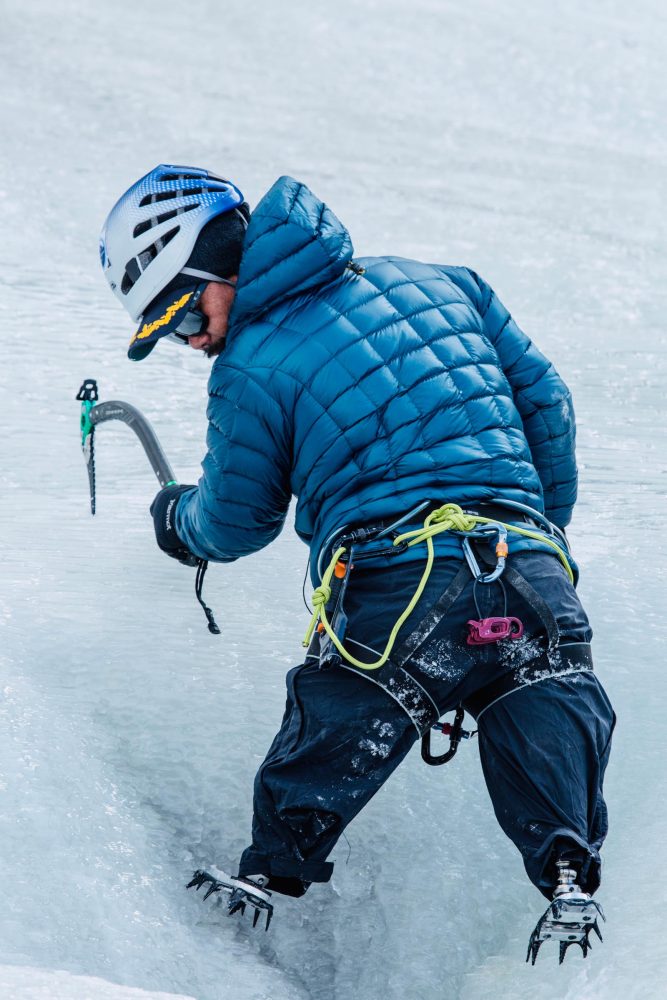 Of the 12,000 Nepalese soldiers that entered selection for the British Gurkhas in 1994, you were one of 230 successful applicants. How much of a culture shock was transferring from the Nepalese army to the British Gurkha regiment in the UK?
It hit me in a McDonald’s restaurant in Fleet, Hampshire. Buying my first burger was the first time I didn’t have to barter or haggle with a trader for a product.
Of the 12,000 Nepalese soldiers that entered selection for the British Gurkhas in 1994, you were one of 230 successful applicants. How much of a culture shock was transferring from the Nepalese army to the British Gurkha regiment in the UK?
It hit me in a McDonald’s restaurant in Fleet, Hampshire. Buying my first burger was the first time I didn’t have to barter or haggle with a trader for a product.
“Human life is so valuable. I’ve seen too much of it lost – people being erased in a split-second, never getting the chance to do the things they dreamed of”How did you navigate the journey from the explosion in 2010 to mountaineering six years later? I went to some dark places in my recovery. Friends stopped inviting me to their houses because I was in a wheelchair, worrying their homes weren’t set up for me. It made me worry that I was a burden to them. I started drinking so much alcohol that when I was sober my hands would shake and my brain would go foggy. I was angry, and I was having thoughts I should not have been having. Like suicide. I discovered that many bridges in the UK have safety barriers to stop people jumping from them. But when I began to get help with my combat stress, I saw that I had a choice. Human life is so valuable. I’ve seen too much of it lost – people being erased in a split-second, never getting the chance to do the things they dreamed of. Dealing with the stress taught me to cope and see how much my family at home would suffer without me. My focus shifted to finding my limits and discovering what I could do physically. What would you tell someone who may be going through a similar experience to you? There’s an easy way to lead your life, and a hard way. It’s very easy to pour a whisky in a glass, it’s harder to pull your legs on and go to the gym. Both are coping mechanisms, but going the hard way often leads to your life being easier, whilst sticking to the easy route often makes it harder. Pain can be managed through medication, but I really believe that it can be managed through doing the things you love, too.
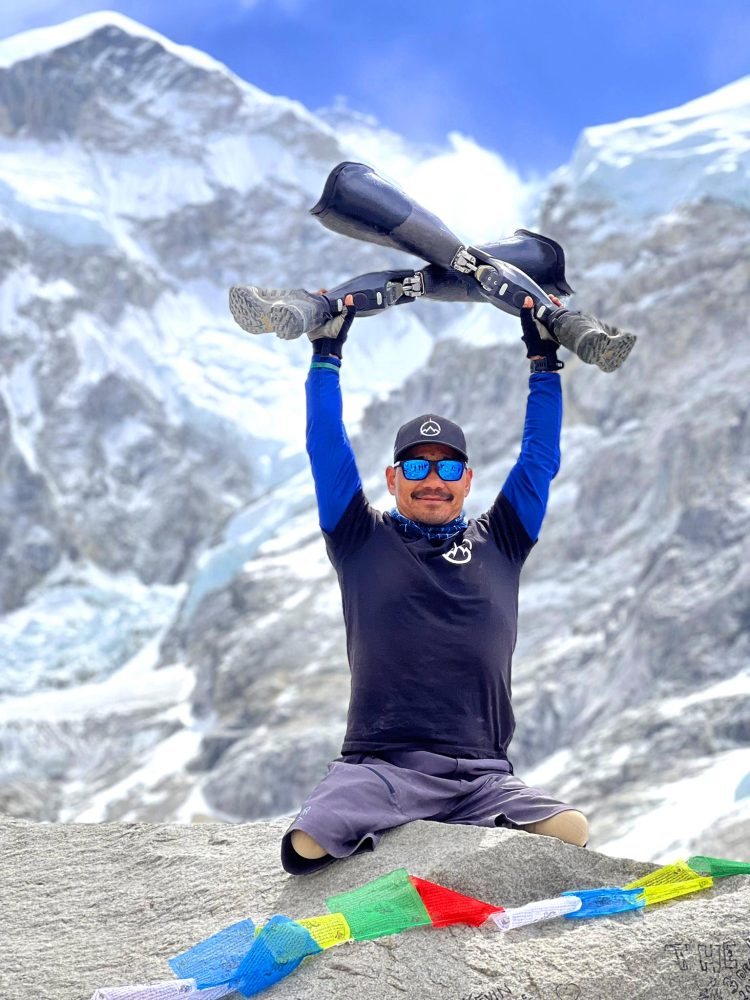 Are you happy with the term ‘disability’?
I don’t feel my legs are my disability. I consider them my weakness, and everybody has a weakness. It could be your eyes, your hands, your mindset, or your attitude. These things don’t stop you from doing the things you love. My legs are my weakness, and they don’t stop me from living my life to the full. I have to work with them and find different ways to do the things I want to do.
Are you happy with the term ‘disability’?
I don’t feel my legs are my disability. I consider them my weakness, and everybody has a weakness. It could be your eyes, your hands, your mindset, or your attitude. These things don’t stop you from doing the things you love. My legs are my weakness, and they don’t stop me from living my life to the full. I have to work with them and find different ways to do the things I want to do.
“I don’t feel my legs are my disability. I consider them my weakness, and everybody has a weakness”Things like becoming the first double below-knee amputee to summit Nepal’s Mera Peak, in 2017? It was first mountain I climbed. I used my injury compensation money to pay for the expedition. I set a record doing it – I’m the first double above-knee amputee to summit a peak over six thousand metres – although none of us knew it was a record attempt at the time. Somebody Googled it later. That climb came with a lot of pain, physically and emotionally. There were moments when I broke down and cried like a baby. But on the other side of Mera Peak you have Everest. I couldn’t stop staring at it. It’s a vision that makes you realise why people are willing to risk everything in the mountains. It was worth every second of pain and hard work.

“Keeping warm is a huge challenge, and for that we’re trialling battery-powered heating circuits in my prosthetic”On top of that, I obviously can’t just buy the standard kit and start climbing. We need to design a unique expedition suit and harness. And because I’ll spend almost all my time crawling, I need lots of extremely hard-wearing gloves. I’m going to be moving a lot slower than other climbers too, which means extra food, drink, oxygen, tents, people and more. It’s going to be a very expensive expedition. What coping mechanisms have you developed to help you through the pain and dark moments on your climb? Every step is a struggle for me. It would be so easy to give up after two or three paces, so I’ve trained my mind to represent each step as a life, a right or a perception of disability being improved by what I’m doing. When I think that, every step I struggle with pushes me on.
“I’ve trained my mind to represent each step as a life, a right or a perception of disability being improved by what I’m doing”Everest has been in the spotlight for all the wrong reasons recently, with images of queues and the waste left by climbers. How do you feel about the human relationship with the mountain? Like I mentioned, Nepalese people are incredibly proud to have Everest in their country. To be honest, we’re really feeling it. It’s very sad. Nepal’s government must be more responsible and develop ways to properly police it. We must make sure all mountains in Nepal are cared for properly.

